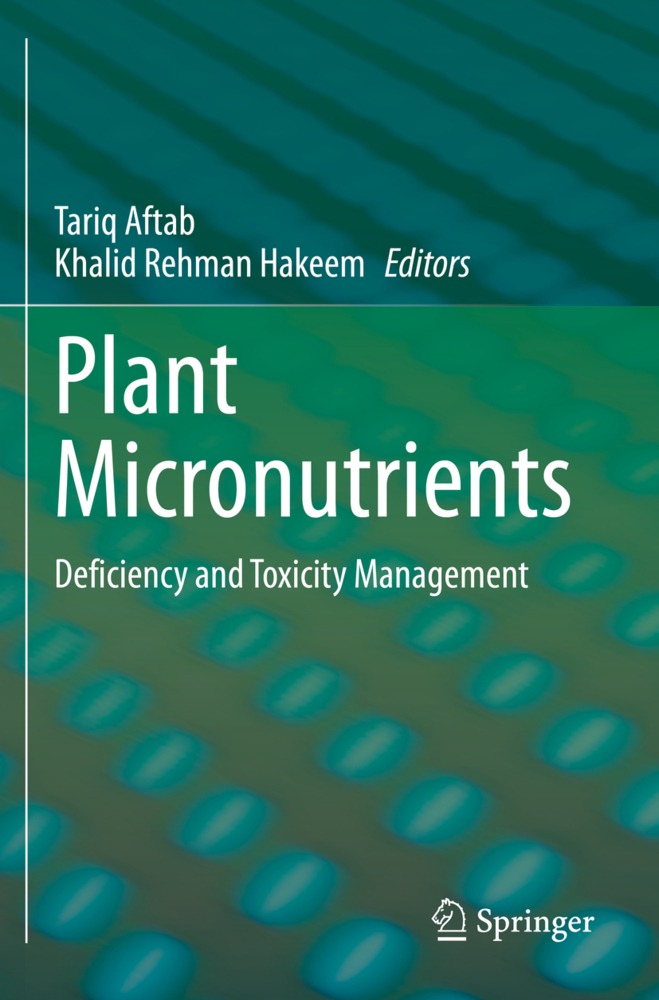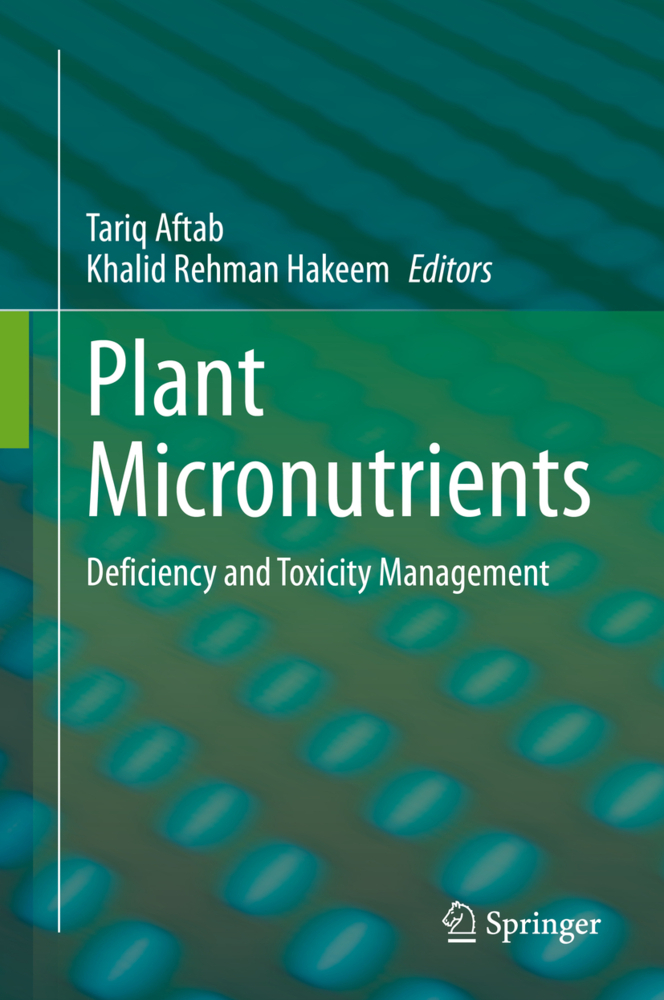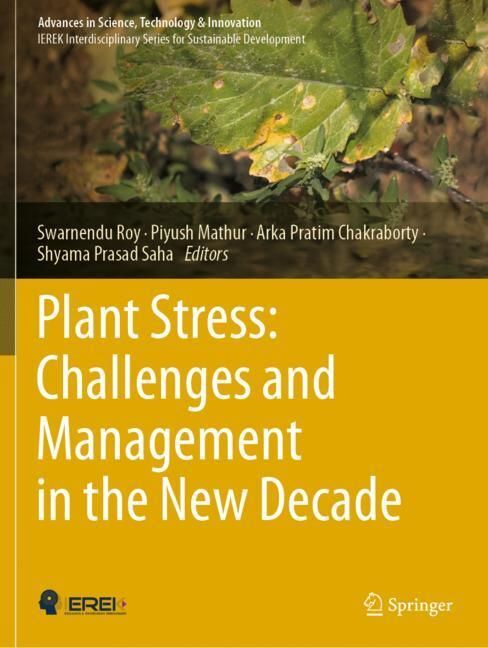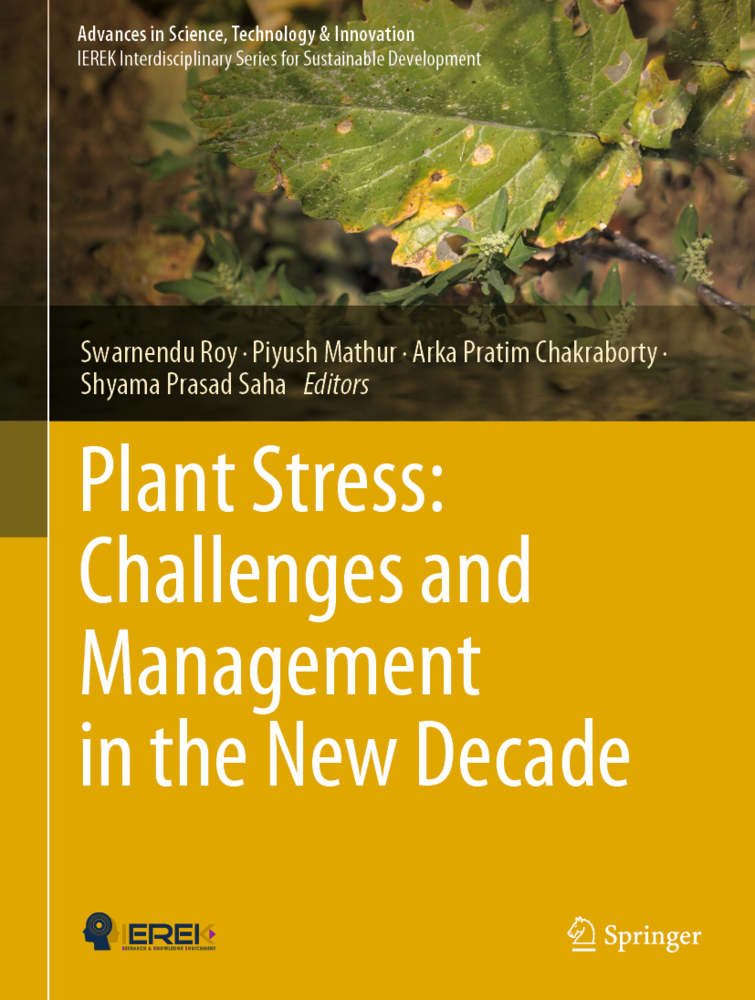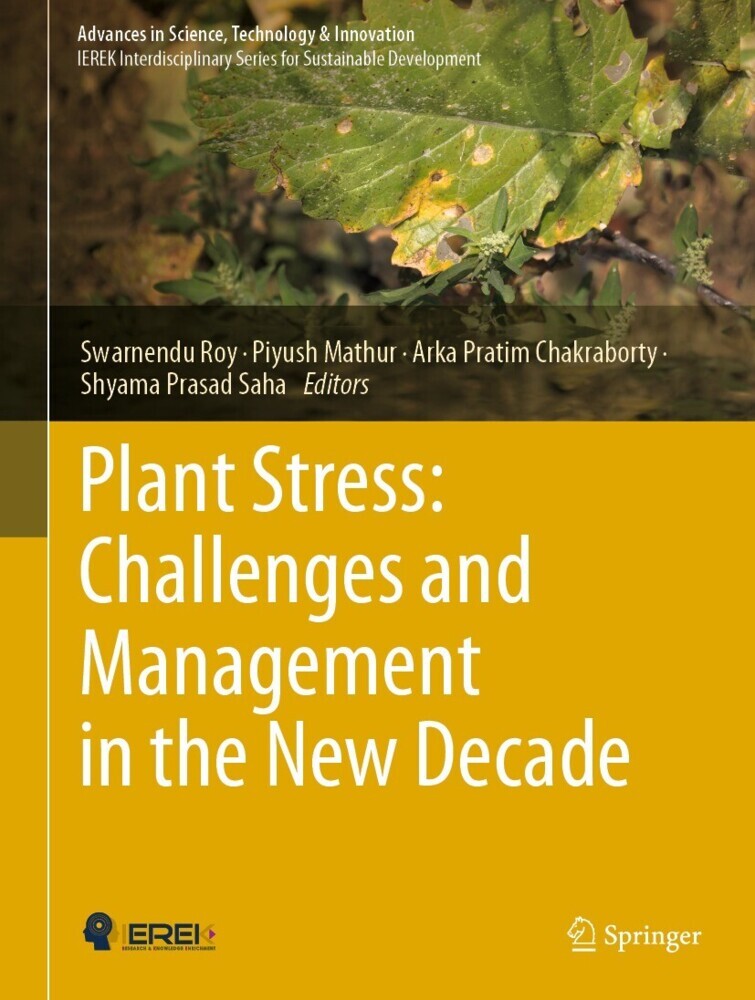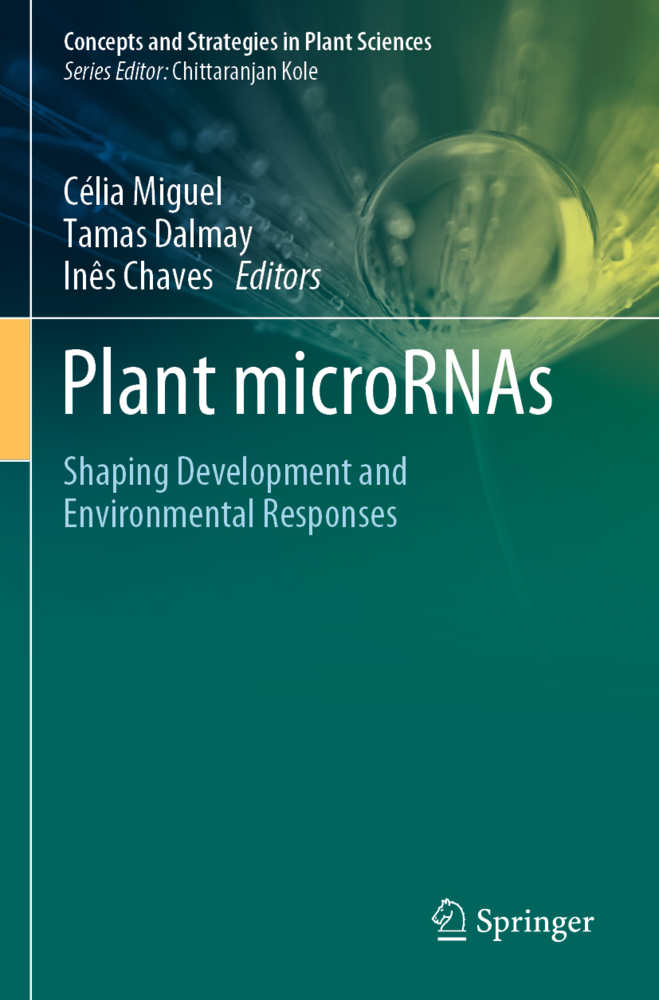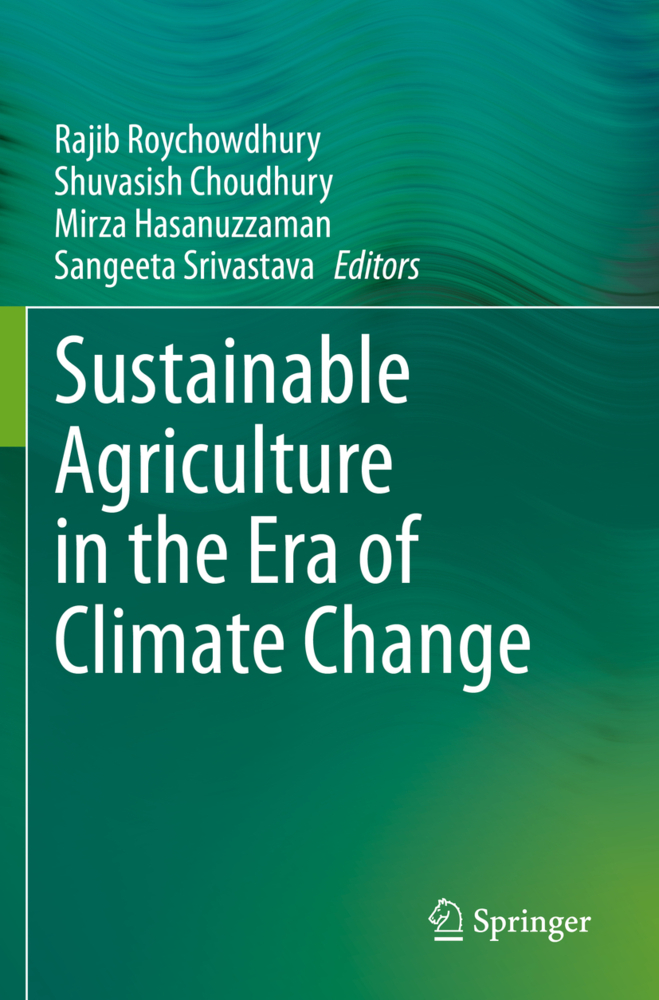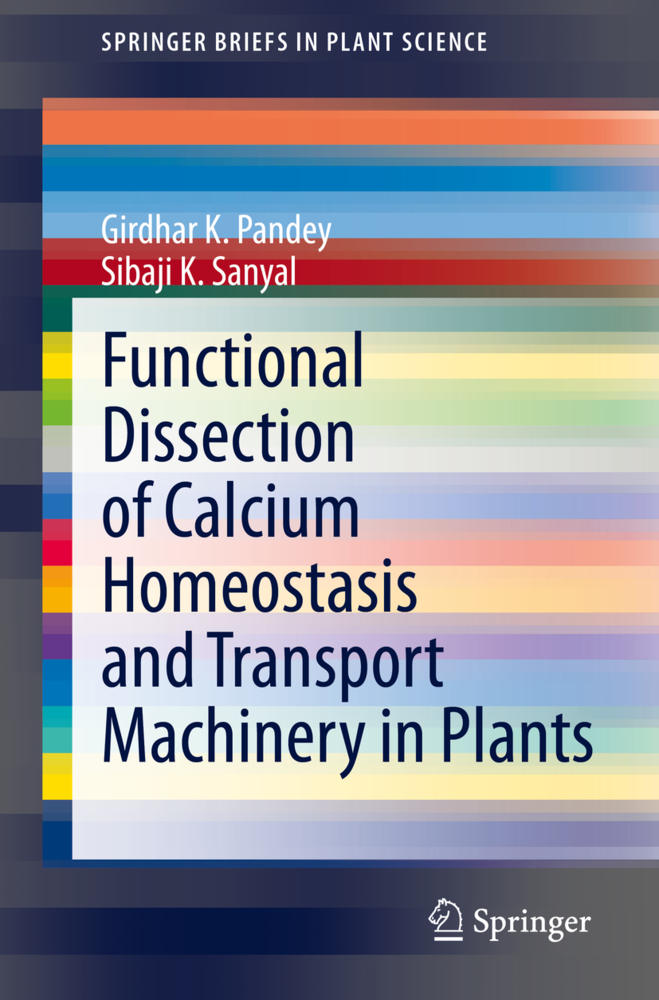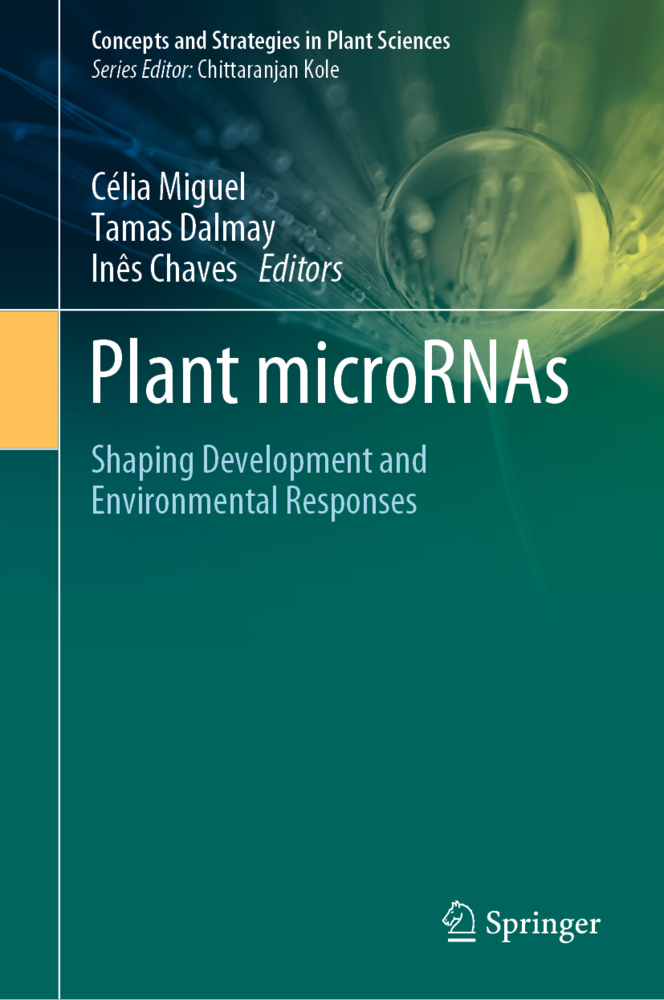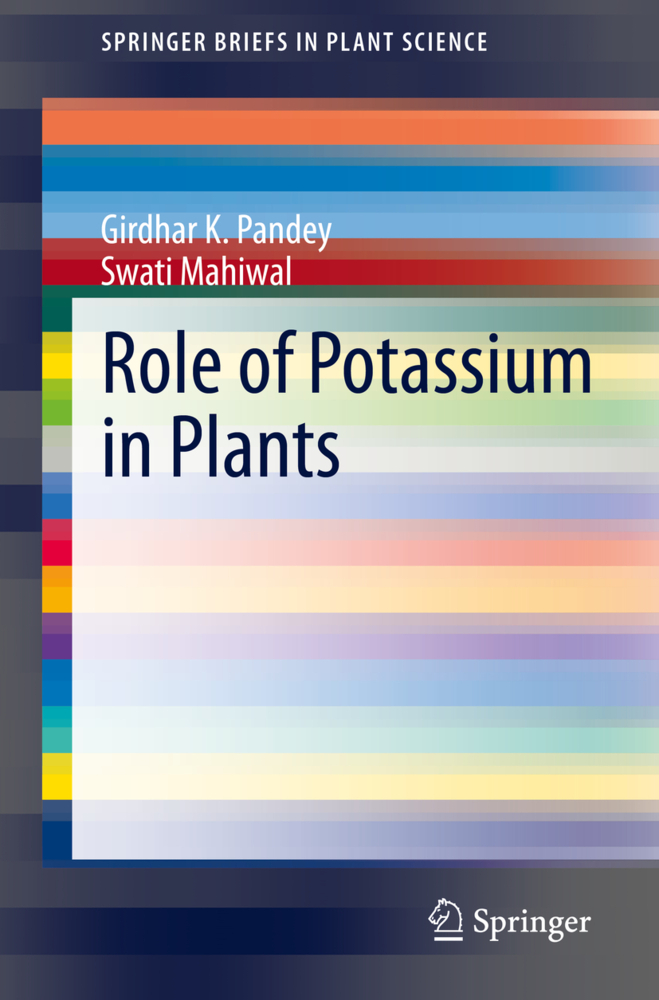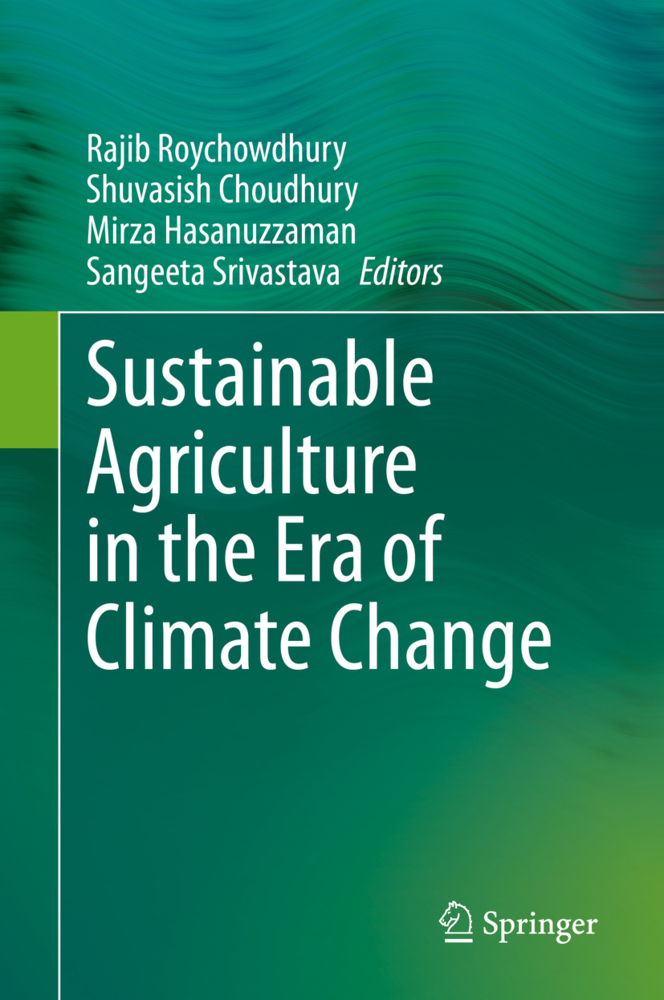Plant Micronutrients
Deficiency and Toxicity Management
Plant Micronutrients
Deficiency and Toxicity Management
Plants require essential nutrients (macronutrients and micronutrients) for normal functioning. Sufficiency range is the levels of nutrients necessary to meet the plant's needs for optimal growth. This range depends on individual plant species and the particular nutrient. Nutrient levels outside of a plant's sufficiency range cause overall crop growth and health to decline, due either to deficiency or toxicity from over-accumulation. Apart from micronutrients (B, Cl, Mn, Fe, Zn, Cu and Mo), Aluminum (Al), cerium (Ce), cobalt (Co), iodine (I), lanthanum (La), sodium (Na), selenium (Se), silicon (Si), titanium (Ti), and vanadium (V) are emerging as novel biostimulants that may enhance crop productivity and nutritional quality. These beneficial elements are not "essential" but when supplied at low dosages, they augment plant growth, development, and yield by stimulating specific molecular, biochemical, and physiological pathways in responses to challenging environments.
The book is the first reference volume that approaches plant micronutrient management with the latest biotechnological and omics tools. Expertly curated chapters highlight working solutions as well as open problems and future challenges in plant micronutrient deficiency or toxicity. We believe this book will introduce readers to state-of-the-art developments and research trends in this field.
Chapter 03 - The role of micronutrients in growth and development: Transport and signalling pathways from crosstalk perspective
Chapter 04 - A Critical Review on Iron Toxicity and Tolerance in Plants: Role of Exogenous Phytoprotectants
Chapter 05 - Plant responses to environmental nickel toxicity
Chapter 06 - Accumulation of Heavy Metals in Medicinal and Aromatic Plants
Chapter 07 - Micronutrient movement and signalling in plants from a biofortification perspective
Chapter 08 - Genetic-Based Biofortification of Staple Food Crops to Meet Zinc and Iron Deficiencies Related Challenges
Chapter 09 - Biofortification technologies used in agriculture in relation to micronutrients
Chapter 10 - Micro and Macronutrients signalling in plant cells: a proteomic standpoint under stress conditions
Chapter 11 - Proteomic Studies of Micronutrient Deficiency and Toxicity
Chapter 12 - Abiotic and biotic stress-induced alterations in the micronutrient status of plants
Chapter 13 - Role of Micronutrients in Secondary Metabolism of Plants
Chapter 14 - A review of nutrient stress modifications in plants, alleviation strategies and monitoring through remote sensing
Chapter 15
Hyperaccumulation of potentially toxic micronutrients by plants
Chapter 16
Nano-Carriers: An emerging tool for micronutrients delivery in plants
Chapter 17
Genetic and Environmental Influence on Macro- and Micro-elements Accumulation in Plants of Artemisia Species
Chapter 18 - Wastewater irrigation sourced plant nutrition: Concerns and prospects
Chapter 19 - Role of Boron in growth and development of plant: Deficiency and toxicity perspective
Chapter 20 - The role of zinc in grain cadmium accumulation in cereals
The book is the first reference volume that approaches plant micronutrient management with the latest biotechnological and omics tools. Expertly curated chapters highlight working solutions as well as open problems and future challenges in plant micronutrient deficiency or toxicity. We believe this book will introduce readers to state-of-the-art developments and research trends in this field.
Chapter 01 - An Overview of Micronutrients: Prospects and Implication in Crop Production
Chapter 02 - Effects of micronutrient fertilization on the overall quality of the cropsChapter 03 - The role of micronutrients in growth and development: Transport and signalling pathways from crosstalk perspective
Chapter 04 - A Critical Review on Iron Toxicity and Tolerance in Plants: Role of Exogenous Phytoprotectants
Chapter 05 - Plant responses to environmental nickel toxicity
Chapter 06 - Accumulation of Heavy Metals in Medicinal and Aromatic Plants
Chapter 07 - Micronutrient movement and signalling in plants from a biofortification perspective
Chapter 08 - Genetic-Based Biofortification of Staple Food Crops to Meet Zinc and Iron Deficiencies Related Challenges
Chapter 09 - Biofortification technologies used in agriculture in relation to micronutrients
Chapter 10 - Micro and Macronutrients signalling in plant cells: a proteomic standpoint under stress conditions
Chapter 11 - Proteomic Studies of Micronutrient Deficiency and Toxicity
Chapter 12 - Abiotic and biotic stress-induced alterations in the micronutrient status of plants
Chapter 13 - Role of Micronutrients in Secondary Metabolism of Plants
Chapter 14 - A review of nutrient stress modifications in plants, alleviation strategies and monitoring through remote sensing
Chapter 15
Hyperaccumulation of potentially toxic micronutrients by plants
Chapter 16
Nano-Carriers: An emerging tool for micronutrients delivery in plants
Chapter 17
Genetic and Environmental Influence on Macro- and Micro-elements Accumulation in Plants of Artemisia Species
Chapter 18 - Wastewater irrigation sourced plant nutrition: Concerns and prospects
Chapter 19 - Role of Boron in growth and development of plant: Deficiency and toxicity perspective
Chapter 20 - The role of zinc in grain cadmium accumulation in cereals
Aftab, Tariq
Hakeem, Khalid Rehman
| ISBN | 978-3-030-49858-0 |
|---|---|
| Artikelnummer | 9783030498580 |
| Medientyp | Buch |
| Copyrightjahr | 2021 |
| Verlag | Springer, Berlin |
| Umfang | XXI, 470 Seiten |
| Abbildungen | XXI, 470 p. 43 illus., 31 illus. in color. |
| Sprache | Englisch |

